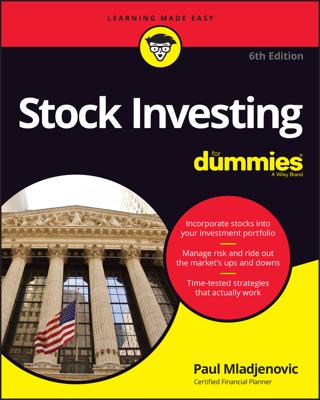Value stocks and growth stocks react differently in an uncertain economy, and so it’s important to know the difference between them. Here’s how value and growth investors look at the value of stocks:
Value investors generally look backward at history. They examine financial statements to estimate an intrinsic value of a stock and compare it to the current price. If the current price is significantly lower than the estimated intrinsic value, the value investor purchases the stock, anticipating that other investors will recognize the disparity and their purchases will drive up the market price so that it equals or exceeds the estimated intrinsic value. The fly in the ointment is getting everyone to agree on the definition of intrinsic value.
Growth investors look forward. They postulate that companies growing at above-average rates will provide above-average returns. Generally, the higher the anticipated growth rate, the more investors are willing to pay. The fly in their ointment is the realization of that growth. For the stock price to appreciate, the company has to achieve the growth expectations.
A growth investor’s most disconcerting moment is discovering that a stock declined 10 percent in one day because the company’s earnings missed analysts’ forecasts by 5 cents. Wiping out 10 percent of the market value for such a minor shortfall seems awfully excessive. However, the strong reaction suggests that investors believe the company’s growth rate has hit a turning point and will begin to slow.
A value stock’s earnings typically fluctuate with the economy; these stocks tend to do well when the economy is accelerating out of a recession. Growth stocks are expected to be impervious to economic fluctuations. However, what makes economic sense can be trumped by Wall Street’s propensity for manias.

